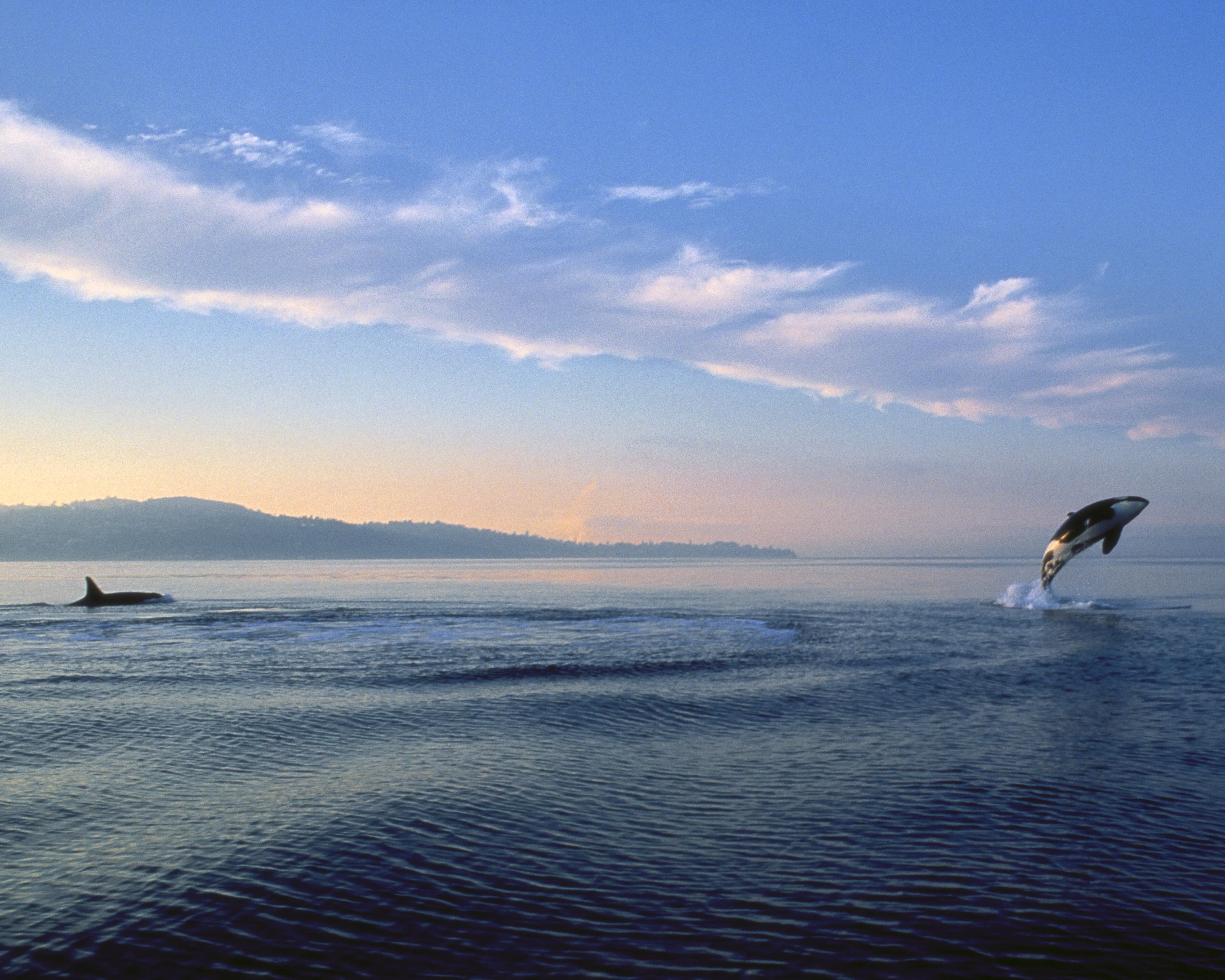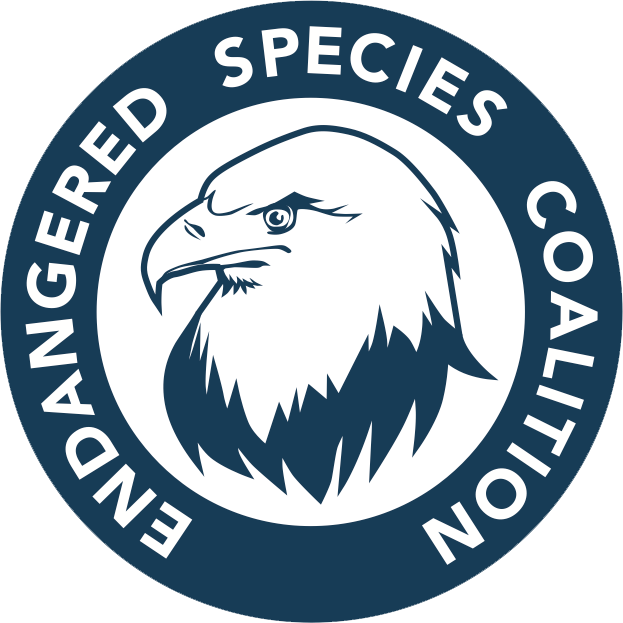
Show Statement:
Monarch butterflies fly hundreds of miles from overwintering sites in California to breeding sites throughout the west. Wolverines travel through a territorial range up to 240 square miles. Southern resident orca range thousands of miles along the Pacific coast.
All of these animals, like many of our iconic western species, require large areas of habitat for their survival. Habitat connectivity, or linking fragmented habitat to restore ecosystems and provide space for a diverse range of animals and plants to survive, recover, and thrive, is essential for the long term survival of many species.
With the increasing threats to species posed by climate change, preserving quality habitat which allows animals to migrate between suitable areas is especially critical. Connected to the Wild is a photographic exhibition representing the diverse, threatened and endangered wildlife in the Northwest.
The species depicted in the show represent a sampling of the many animals which will benefit from the establishment of connected habitat. The show features the work of photographers from the western United States and Canada, artists who generously contributed their work in recognition of the importance of habitat connectivity for a diversity of species and the impact that visual art has in educating and inspiring people to take action to protect these species.
Wildlands Network and the Endangered Species Coalition co-organized Connected to the Wild to raise awareness about wildlife as an indelible part of the spirit and natural heritage of our region, and the need to conserve the diversity of species in the face of environmental threats. Our organizations are united in these efforts to reconnect, restore, and rewild the Pacific states.
Take action for the Wildlife Corridors Conservation Act
Artists
James Beissel
Wildlife photography is a way to explore the natural world and share that sense of wonder with others. Not everyone might get the chance to see these animals in the wild, but if you keep your eyes open on your next hike, you never know – you just might!
Jason Ching
I grew up in the Pacific Northwest instilled with an appreciation for our deep-green forests, cold streams, and all of our finned and legged creatures. I now work as both an environmental researcher studying wild salmon runs in Bristol Bay, Alaska and nature photographer up and down the Pacific Coast specializing in underwater, aerial, and camera-trap photography. I enjoy developing unique strategies to capture impactful images of wildlife, and to use those visual works to share research topics in environmental sciences, promote ideas of conservation, and inspire a sense of appreciation for our environment, wildlife, and resources.
Steven Gnam
I take photographs to capture the essence of the natural world and explore how we are entwined within it. Ultimately, I hope that a photograph can help viewers to open their hearts and minds to the beauty of the natural world–to celebrate its glory and realize that we need to care for it.
Robin Loznak
I am primarily a nature and editorial photographer based in rural western Oregon. I spent 20 years as a newspaper photojournalist in Montana and Oregon. Currently, I’m a contract photographer with the ZUMAPRESS wire service. My work has been featured worldwide in magazines, websites, and books. I’m known for my quirky and intimate wildlife and nature photography. Since 2015 I’ve been closely following a group of young Americans as they fight a landmark climate change lawsuit against the federal government. I was named the National Press Photographers Association Regional Photographer of the Year while working at a small newspaper in Kalispell, Montana. When not taking pictures, I raise hazelnuts on my family owned 500-acre ranch in Oregon. I hope my pictures bring an understanding and appreciation to animals and the environments they live in.
David Moskowitz
Wild places, wildlife, adventurous humans, and the intersection of nature and modern culture are the focus of David Moskowitz’s work as a photographer and conservationist. He blends his background as a wildlife biologist and outdoor educator with photography in projects that aim to educate, inspire and engage as diverse an audience as possible.
David’s goal, both in the field taking photos, and afterwards developing conservation stories, is to express his experience of natural world as he actually encounters it. He aims to bring wild animals and overlooked ecosystems out of the shadows and into the lives of people far and wide. David is based in the North Cascades of Washington State with the majority of his work currently focusing on western North America.
Annie Musselman
The work I produce documents the delicate union that exists between humans and animals. It’s not just the actual places where our lives often intersect, like a park or forest, but the spaces where our emotions meet. I hope to capture the palpable emotions in my photographs because I can’t help but contemplate how much we actually know about each other.
These photographs attempt to bring the viewer closer to the subject and in turn hopefully causes us to care more, and what we care about we want to protect. These photographs reveal not only the intricacies of the wolves’ beauty – the dirt on their fur, their sharp teeth, and their arresting eyes – but also the connections between the wolves themselves and between the wolves and I.
I hope the viewer can see the importance of wolves in our world and participate in legislation to protect them for they are at risk again in the United States.
Ray Pfortner
I love photography. I lose myself in making images, and have since my teens. I crave freezing moments, capturing situations for the primary purpose of sharing with others. I have always loved souvenirs and that is what my photographs are for me. I concentrate on photographing landscapes in pre-dawn and evening light. I love the challenge of photographing wildlife, and all the unpredictability, and the bit of luck, doing so entails. I love how rare encounters with wildlife can be, and how elusive the subject can be during these encounters.
I am a biologist and environmentalist, first by my love of nature, then by my education and my employment with the National Park Service and the USEPA. Advancing environmental conservation has always been a primary objective of my photography. I hope to show people the natural world they rarely see, and to raise awareness on what nature offers, and how we are one with nature, not separate from it.
Beth Waterbury
Beth Waterbury is a wildlife biologist who has lived and worked in the Pacific Northwest since 1985, and is currently based out of Salmon, Idaho and St. Ignatius, Montana. Her camera has been an essential tool to capture and record scientific observations of the diverse systems and species she studies. Early in her career she realized the power of her wildlife images to connect with people—to raise awareness, to instill wonder, to inspire protection of the natural world. As her career progressed, her passion and camera lens pivoted from game species such as mule deer, elk, and waterfowl to the many rare, understudied, and at-risk species whose stories needed telling.
Tristen Wuori
I am a biologist and an artist. I believe the intersection of science and art is vital and powerful. Art is a tool for understanding scientific concepts, and to make science personal. Through art, people can feel motivated to act on behalf of endangered species impacted by climate change. Art brings people face-to-face with issues. I love the intersection of science and art, and the capacity to reach people in a way that only art can.

